Those Iconic Fangs Were Actually Fragile Weapons
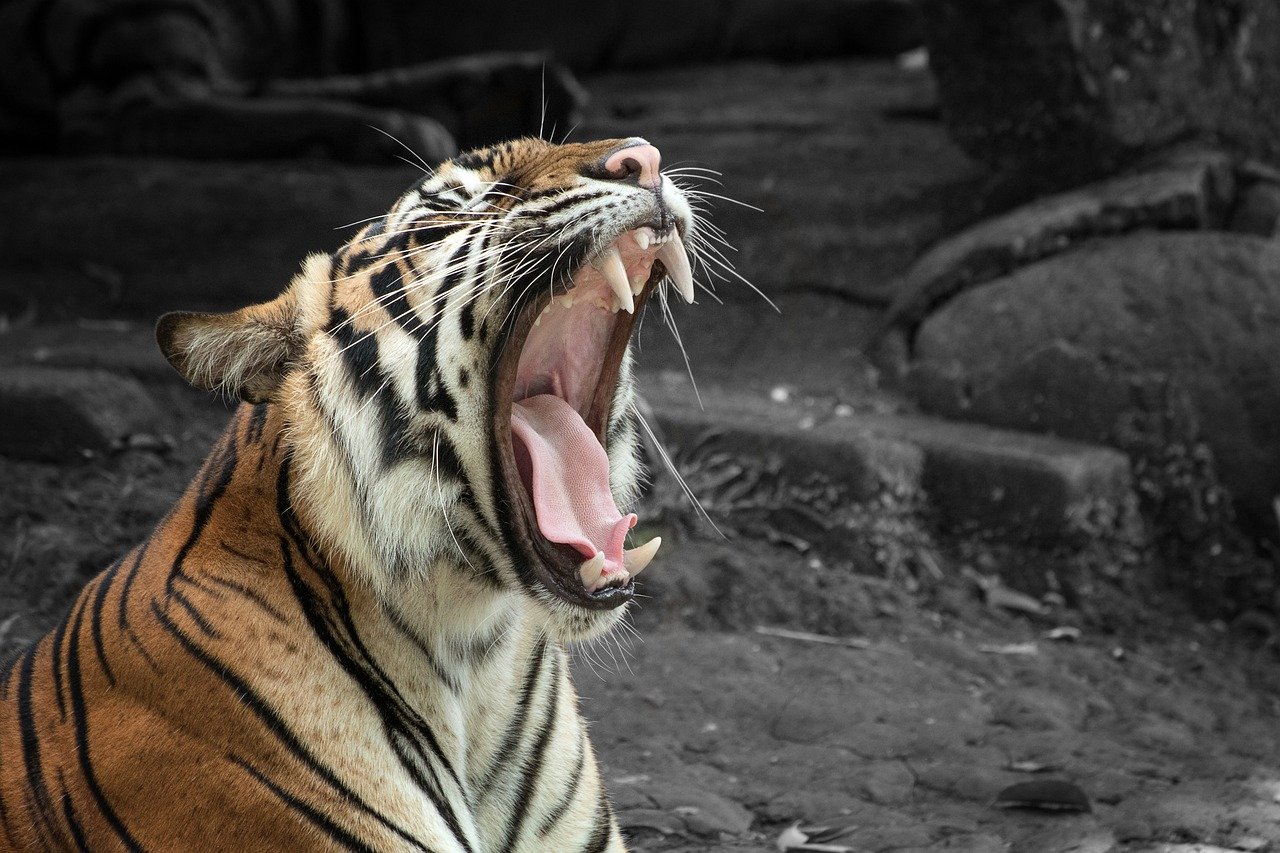
Picture this: the most fearsome predator in prehistoric America had teeth that could snap like twigs. Despite their intimidating 7-inch length, Smilodon’s famous canines were surprisingly delicate compared to modern big cats. These razor-sharp sabers were built for precision, not brute force crushing.
The teeth were flattened like knife blades, designed to slice through soft tissue with surgical precision. Unlike a lion’s robust fangs that can crunch through bone, Smilodon had to be incredibly careful during attacks. One wrong move against hard bone could mean a broken tooth and eventual starvation.
They Were Basically Prehistoric Bodybuilders

Forget everything you think you know about cat proportions. Smilodon was built like a four-legged linebacker, with shoulders that would make a gorilla jealous. Their front legs were absolutely massive, packed with muscle that modern cats simply don’t possess.
These weren’t your typical sleek felines built for speed. Instead, they were powerhouses designed for wrestling down prey twice their size. Their broad chest and incredibly strong forelimbs meant they could pin down a struggling bison while delivering that fatal bite. Think of them as the ultimate prehistoric grappler.
The Bite Force Was Weaker Than Your House Cat’s

Here’s a fact that’ll blow your mind: pound for pound, your domestic tabby has a stronger bite than the mighty Smilodon. While modern big cats can generate crushing forces of over 1,000 PSI, our saber-toothed friend maxed out at around 400 PSI. That’s barely stronger than a human bite.
But here’s the clever part – they didn’t need crushing power. Those elongated canines were precision instruments, designed to slice through vital arteries and windpipes. It was surgical striking, not brute force that made them deadly. Quality over quantity, as they say.
They Hunted in Packs Like Ancient Wolves

Contrary to popular belief, Smilodon wasn’t a solitary hunter stalking through the night. Evidence suggests these magnificent beasts were social creatures, working together to bring down massive prey. The La Brea Tar Pits revealed something fascinating – multiple Smilodon remains found together, suggesting coordinated hunting strategies.
Imagine a pack of saber-toothed cats surrounding a giant ground sloth. One cat would grab the prey’s attention while others flanked from behind, using their powerful forelimbs to wrestle the animal down. It was prehistoric teamwork at its finest, making them even more formidable than previously thought.
Their Prey Was Absolutely Massive

These weren’t cats chasing mice – Smilodon regularly took down animals that would terrify modern predators. We’re talking about massive ground sloths the size of small cars, ancient horses, and even juvenile mastodons. Their typical meal was roughly equivalent to hunting an elephant with nothing but teeth and claws.
The sheer size of their prey explains everything about Smilodon’s unusual body plan. Those muscular shoulders, powerful grip, and precision fangs were evolutionary responses to tackling megafauna. They were essentially living can openers, designed to crack open the toughest prehistoric packages.
They Couldn’t Roar Like Modern Big Cats

Despite their fearsome reputation, Smilodon likely couldn’t produce the earth-shaking roar we associate with lions and tigers. Their skull structure and throat anatomy were different, lacking the specialized vocal equipment that creates those intimidating roars. Instead, they probably communicated through purrs, chirps, and other smaller cat sounds.
Picture the most dangerous predator in Ice Age America making adorable chirping noises like a house cat. It’s almost comical, but it makes perfect sense when you consider their hunting strategy relied on stealth and surprise rather than intimidation. Sometimes the quietest hunters are the most deadly.
They Were Terrible Runners
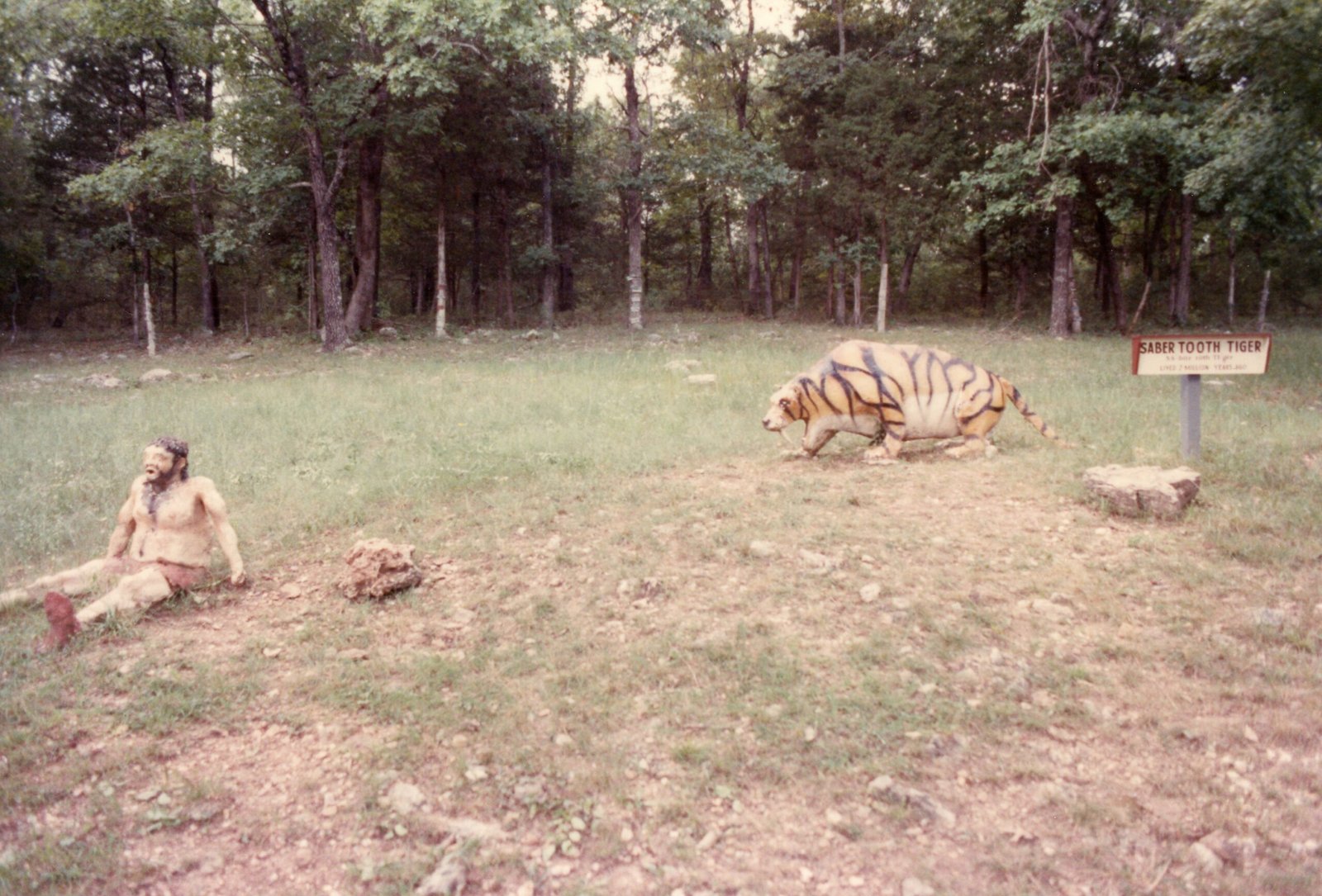
If you could somehow travel back in time, you’d probably outrun a Smilodon in a sprint. These cats were built for power, not speed, with their stocky bodies and massive muscle mass working against them in pursuit situations. Their top speed was probably around 25 mph – slower than most modern big cats.
This explains why they needed to hunt in packs and target large, slow-moving prey. They were ambush predators, relying on stealth and overwhelming strength rather than chase-down tactics. Think of them as prehistoric linebackers rather than Olympic sprinters.
Some Had Spots Like Modern Jaguars
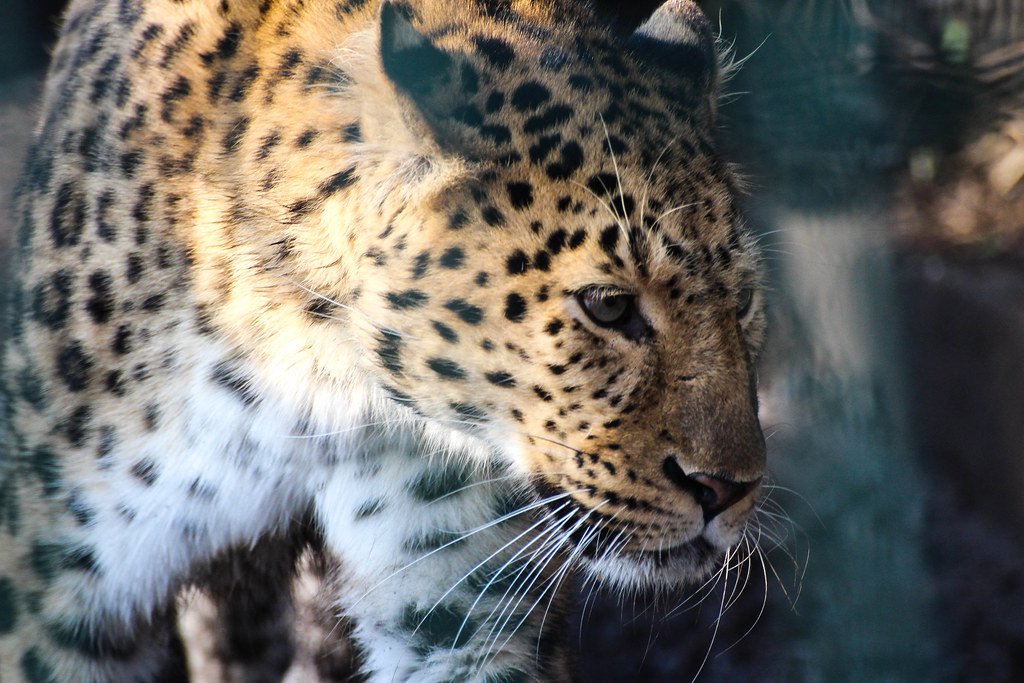
Recent research suggests that some Smilodon species might have sported beautiful spotted coats, similar to modern jaguars or leopards. These patterns would have provided perfect camouflage in the dappled light of ancient forests and grasslands. The spots weren’t just for show – they were essential survival gear.
Imagine encountering one of these magnificent beasts in the wild, its spotted coat rippling with muscle as it moved through prehistoric vegetation. The combination of deadly beauty and raw power would have been absolutely breathtaking – and terrifying.
They Went Extinct Because They Were Too Specialized
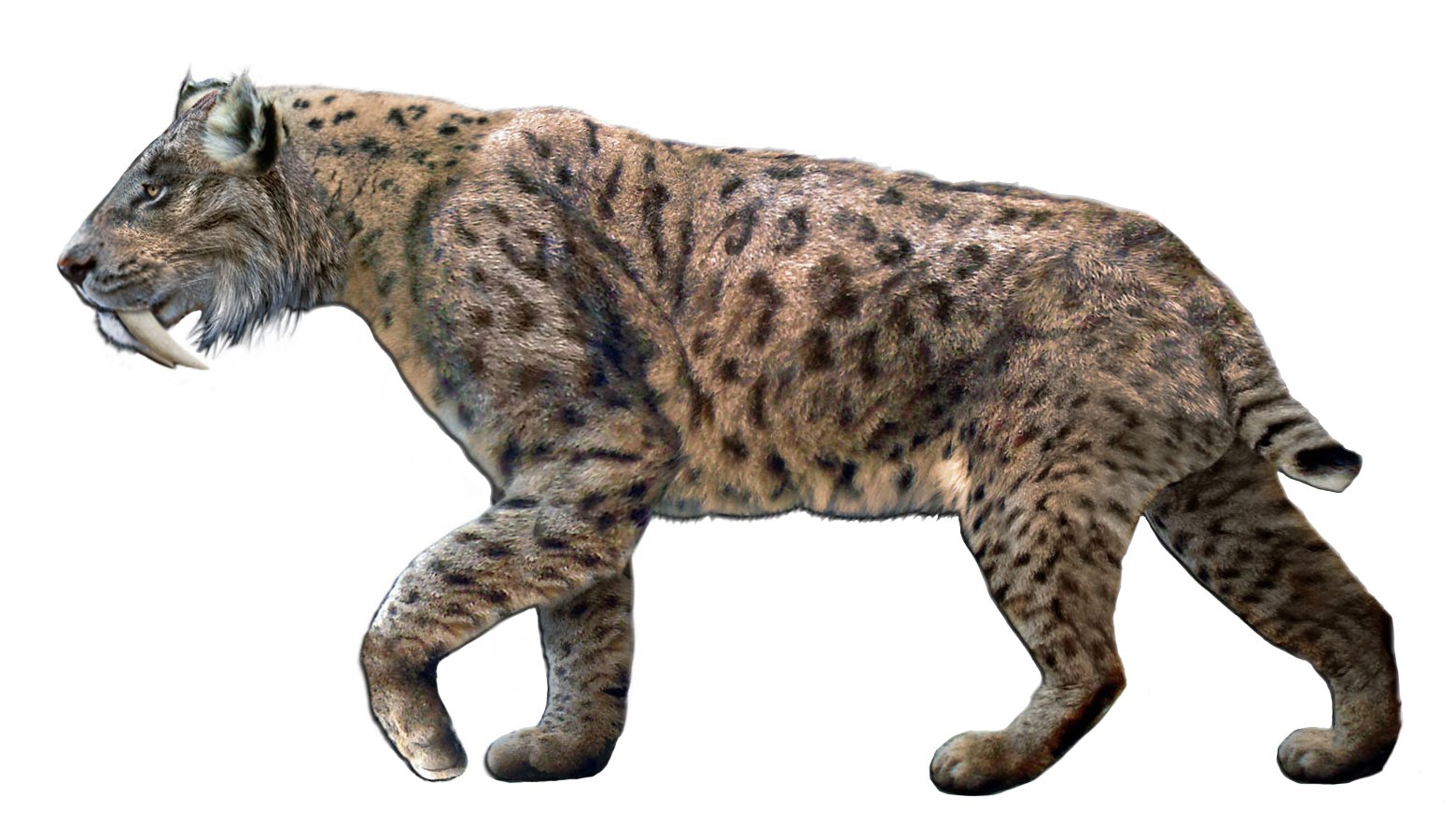
Smilodon’s incredible adaptations ultimately became their downfall. When the Ice Age ended and their massive prey died out, these hyper-specialized hunters couldn’t adapt quickly enough. Their entire body plan was designed for one specific type of hunting, leaving them vulnerable when the world changed.
It’s a sobering reminder that even the most successful predators can fall victim to changing circumstances. While their modern cousins survived by being generalists, Smilodon’s specialization made them evolutionary prisoners of their own success. Sometimes being too good at one thing can be your greatest weakness.
Conclusion
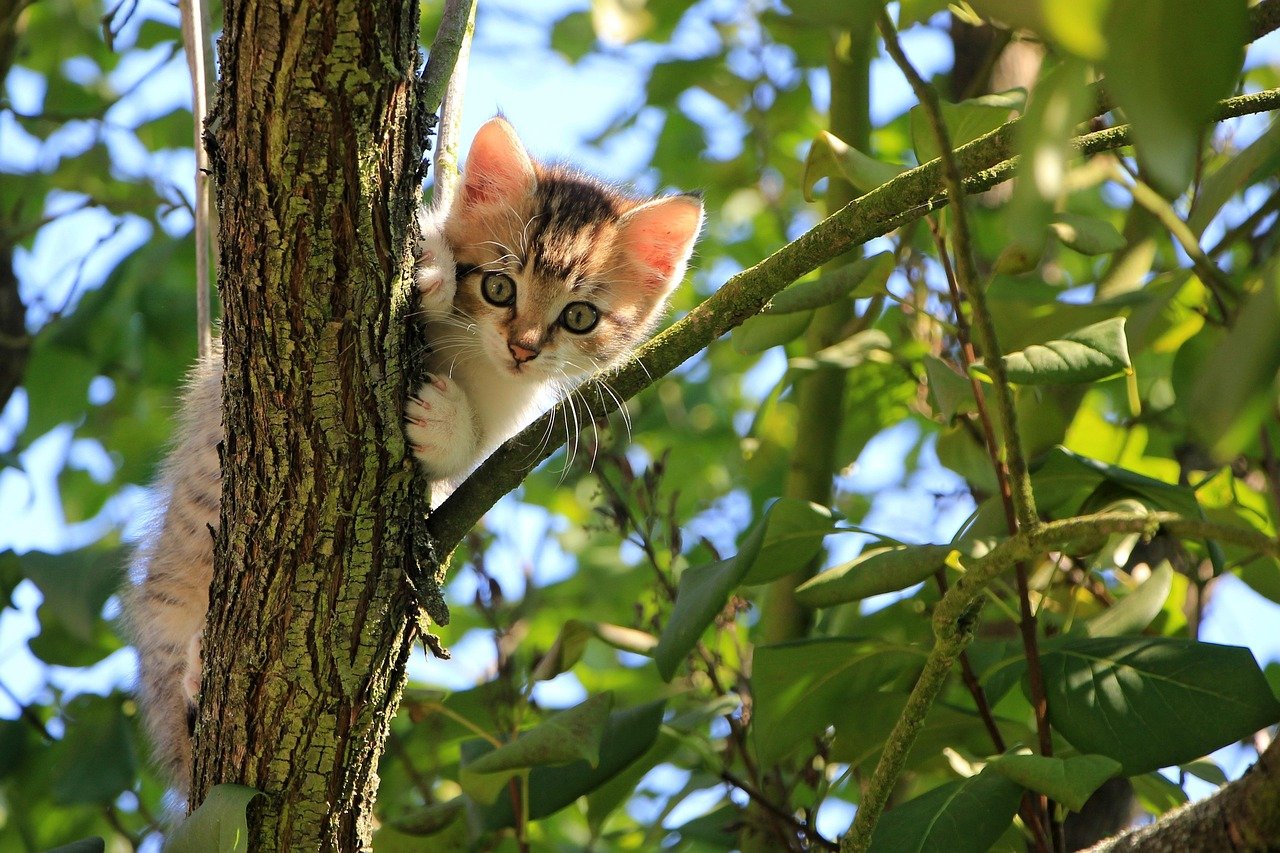
The Smilodon story is one of evolution’s most fascinating experiments – a predator so perfectly adapted to its environment that it became a victim of its own success. These weren’t just oversized cats with big teeth; they were sophisticated hunters with complex social behaviors and incredible physical adaptations.
From their surprisingly delicate fangs to their powerful wrestling techniques, every aspect of their biology tells a story of specialization and cooperation. While they may have vanished from our world, their legacy lives on in our imagination and in the fossil record that continues to reveal new secrets about these magnificent beasts.
Which of these incredible facts surprised you the most about our saber-toothed ancestors?
Hi, I’m Bola, a passionate writer and creative strategist with a knack for crafting compelling content that educates, inspires, and connects. Over the years, I’ve honed my skills across various writing fields, including content creation, copywriting, online course development, and video scriptwriting.
When I’m not at my desk, you’ll find me exploring new ideas, reading books, or brainstorming creative ways to solve challenges. I believe that words have the power to transform, and I’m here to help you leverage that power for success.
Thanks for stopping by, Keep coming to this website to checkout new articles form me. You’d always love it!






